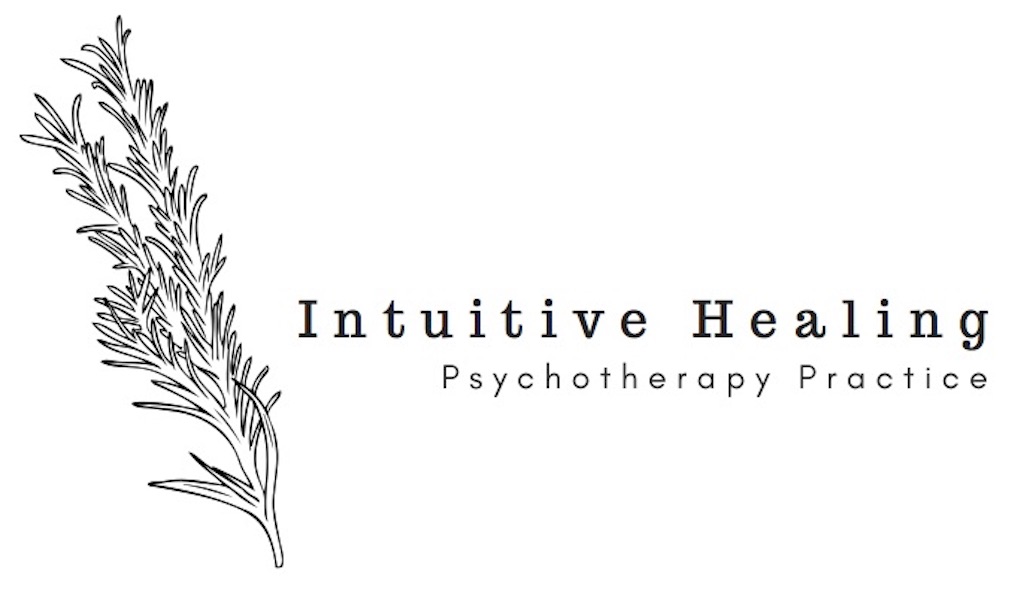Narcissistic Parenting and The Cycle of Abuse Part 2: The Inner Child Wound
Alana Barlia, LMHC
In Part 1 of Narcissistic Parenting and The Cycle of Abuse, we discussed the cycle of narcissistic parenting abuse. This looks like:
{Unstable Mood States > Unfounded Criticism > Internalized Shame > Confusion and Self Betrayal > Compliance & Codependency > Temporary Praise > Unstable Mood}
(see part I for more detail)
Here in Part 2, we are going to discuss the inner child wound that ensues from years of this cyclical abuse.
Years long chaos, unpredictability, and the long-term feeling of betrayal by a parent causes children of narcissistic parents to lose their compass. We lose the ability to understand cues, know when and where to look for threat of danger, and we lose our sense of trust in ourselves.
This is due in large part to our nervous system response to the threat of constant and unpredictable danger. The autonomic nervous system is made up of the parasympathetic and sympathetic nervous systems. The parasympathetic nervous system is responsible for emotional regulation and relaxation, while the sympathetic nervous system is our fight, flight, or freeze response. In an ideal environment, the two are working coherently together to effectively regulate our physiological states, which in turn regulates our behavior. However, when we have experienced a highly unpredictable, chaotic, or dangerous environment during childhood, our fight, flight, or freeze response learns to remain activated. This means we are acting in a way to protect ourselves from threat or danger at all times.
Due to a highly activated nervous system and general lack of trust in ourselves/others, behavioral patterns tend to emerge in the children of narcissists. I have come to describe the culmination of these behaviors as the “narcissistic parent – inner child wound”. I have broken down these behavioral patterns below:
Perfectionism & People Pleasing
Children of narcissistic parents did not typically learn to form an authentic sense of self; what they did learn was, ‘How do I please this person?’. Behaviors that quelled the chaos and provided some type of calm and predictability were appealing to children of narcissistic parents – i.e. doing well in athletics, getting straight A’s, being submissive, and even praising the parent. Adults with this inner-child wound will continue this pattern in their adult relationships – finding out exactly how to please others and overextending/manipulating a situation or relationship to do so. In constantly pleasing others, we lose sight of our authentic selves.
Guilt & Shame in Setting Boundaries
Children of narcissistic parents are not taught boundaries. Thus, in adulthood, we lack boundaries in our mental, emotional, physical, sexual, material, and time/energy worlds. We may porously allow people into our emotional and physical worlds, or maintain unrealistic and painful walls that do not allow others in at all. Because it did not feel safe to set boundaries, to say “no”, or to respect our own personal limits, we will not do this for ourselves during adulthood.Furthermore, when we do need to say no to a request or otherwise set a boundary, it will bring up feelings of guilt and shame.
Rage
I have often seen the narcissistic parent - inner child wound show up as rage. Anger is a common emotion for adults that experienced unfair treatment and invalidating environments during childhood. Compounded with a hijacked nervous system, the inability to regulate our emotions, and being highly sensitive to external stimuli (being yelled at, getting into a fight with a partner, being honked at by a car, being spoken to with a tone, etc), it becomes impossible to quell the body and mind into feeling neutral and supported. This could lead to an inability to express this overwhelm as anything other than rage.
Lack of Identity
Lack of identity and codependency are common for adult children of narcissistic parents. Pleasing or not provoking the narcissistic parent often became our main priority as children. This may have looked like submitting, being quiet, being perfect, withdrawing, or dissociating. Now as adults, we find ourselves unsure of what our needs are, what our wants are, or generally who we are. This can manifest as a difficulty in making decisions, picking a career path, choosing a life path, or even knowing what we want to eat for dinner.Addiction & Dissociation
Addiction refers to the repeated and needed use of anything to cope with the pain of an unhealed wound – substance abuse, sex, work, relationships, food, etc. Because adult children of narcissists are living with unhealed childhood wounds – pain, anger, hurt, and a highly sensitive nervous system – we often times find we need an outlet. This outlet may temporarily numb us from the pain and dysregulation of our traumatic experiences, but it can never last.
This list of behavioral patterns is not comprehensive, but is indicative of patterns I have seen in my work with adult children of narcissistic parents. Do any of these behaviors and patterns feel familiar to you? They could be signs that you are living with unhealed inner-child wounds.
